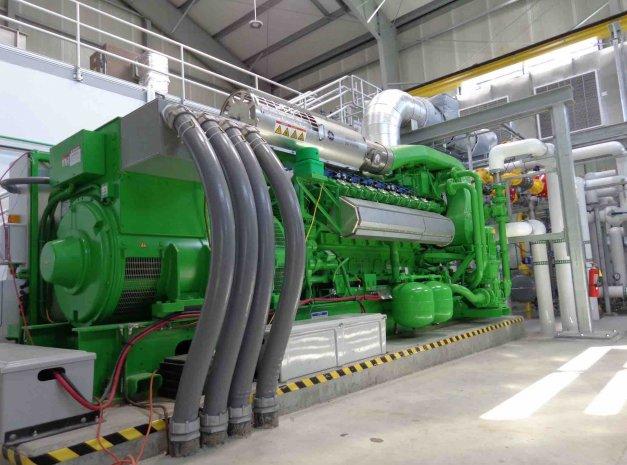Hayward’s Water Facility Ranked in Top 30 for On-Site Green Power Production
Cities of all sizes face pressure to make calculated infrastructure investments to balance community priorities with growth and environmental impacts while complying with regulations and legislation. The City of Hayward is addressing all of these challenges in award-winning style.
The Hayward Water Pollution Control Facility, a net producer of green energy, won an Acterra Environmental Award, the California Water Environment Association’s San Francisco Bay Wastewater Treatment Plant of the Year Award and the U.S. Environmental Protection Agency’s Green Power Leadership Award. The facility also contributed significantly to the quantifiable metrics that earned the city a 2015 Beacon Award from the Institute for Local Government.
Facility Generates Excess Energy
While most wastewater treatment facilities are energy intensive, requiring vast amounts of power to run pumps and equipment, this facility generates 11 million kilowatt hours (kWh) of power annually from solar and biogas energy systems, which produce power at 129 percent of its needs. This has earned the facility the distinction of being the highest generating account in the California Renewable Energy Self-Generation Bill Credit Transfer (RES-BCT) program, which allows local governments with one or more eligible renewable generation facilities to export energy to the grid and receive generation credits. In this case, the Hayward Water Pollution Control Facility produces excess energy equivalent to approximately $400,000 annually; this offsets energy costs for other city facilities, including City Hall. The money saved is invested in additional efficiency improvements, such as digesters that produce biogas for energy production.
Hayward Mayor Barbara Halliday says, “Like many other cities, our budgetary challenges are ongoing. The Hayward City Council recognizes the importance of sustainability in all aspects of our practices and projects. In fact, ‘being green’ is one of the city council’s top four priorities. We are delighted to continue to be among the U.S. EPA’s top 30 entities nationwide for on-site green power generation.”
Reducing Potable Water Usage and Waste
In addition to its impressive energy production, the plant supplies 2.5 to 4 million gallons a day of treated wastewater as cooling water to a nearby natural gas power plant. This has reduced the power plant’s potable water use by the amount typically used by 13,000 to 21,000 homes annually.
Another environmentally beneficial aspect of the Hayward Water Pollution Control Facility is the Fats, Oils and Grease (FOG) receiving station, which was constructed five years ago. The FOG station accepts over 100,000 gallons of waste per week that would otherwise be disposed in landfills or trucked to distant processing stations.
Addressing Workforce Development
Hayward is also taking a leadership role in training the next generation of wastewater treatment operators. After experiencing a shortage of qualified candidates to work at the facility, the city instituted an operator-in-training program to help develop its own qualified plant staff. “Training is high on the priority list,” says Jeff Carson, manager of the Hayward Water Pollution Control Facility. “Staff is our main resource and critical to the operation.”
For more information on the Hayward Water Pollution Control Facility and the city’s other sustainability initiatives, visit www.ca-ilg.org/hayward.
Join the Beacon Program
The Beacon Program provides a framework for local governments to share best practices that create healthier, more vibrant and sustainable communities. It recognizes local governments that are reducing greenhouse gas emissions, saving energy and adopting policies that promote sustainability. For more information, visit www.ca-ilg.org/BeaconProgram.
This article appears in the February 2017 issue of
Western City
Did you like what you read here? Subscribe to Western City

